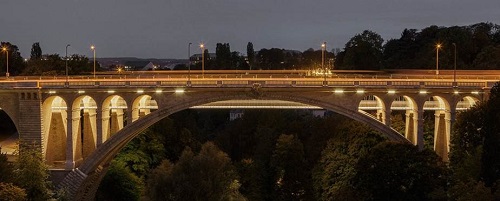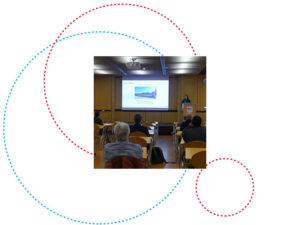In May 2023, the University of Luxembourg in collaboration with the Universities of Liège and Würzburg and industrial companies organised a conference on « Emerging trends in bridge damage detection, localisation, and quantification » on Kirchberg campus.
All over the world, many bridges were built from steel and concrete after World War II. These bridges are now aging due to wear, corrosion, and fatigue. In 2018, ‘Ponte Morandi’ failed in Genoa claiming numerous lives. Unfortunately, this catastrophic failure is not the only incident of this kind.
Currently, periodic visual inspections conducted by specialists serve as state-of-the-art bridge control to find abnormalities. However, it becomes cumbersome in the case of large surfaces and inaccessible areas, where scaffolding or other equipment is required. Moreover, coatings can hide cracks, and not all forms of damage are visible from the outside, especially at the early stages.

Simultaneously, uncertainty and a lack of knowledge regarding hidden damage often result in premature and unnecessary repairs or even complete demolition, as responsible authorities prioritize caution. Consequently, significant budgets are allocated to ensure safety, while a better understanding of potential risks ensures a more precise allocation of funds.
« Hence, there is a need for innovative and science-based assessment of infrastructure, an endeavour that numerous researchers and companies are actively pursuing worldwide. The idea is to amend visual inspection with new methods », explains Prof. Stefan Maas from the Department of Engineering.
The conference enabled to exchange among researchers and representatives from industry about the last findings and future challenges.
